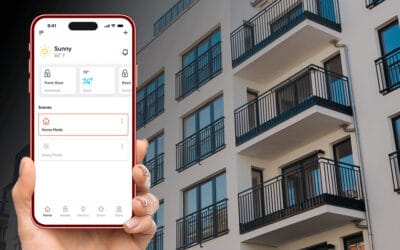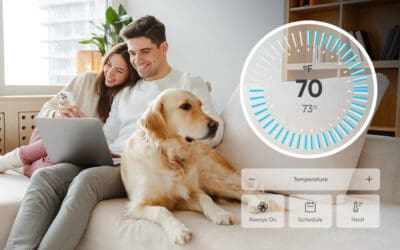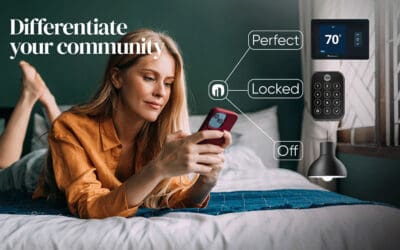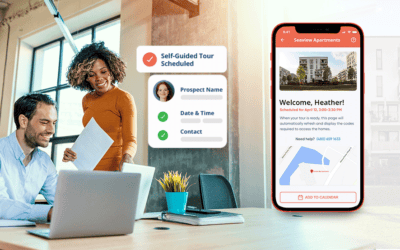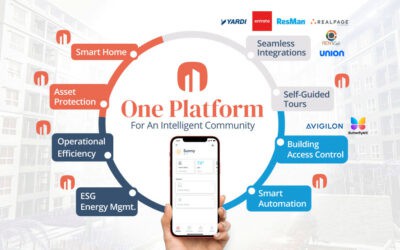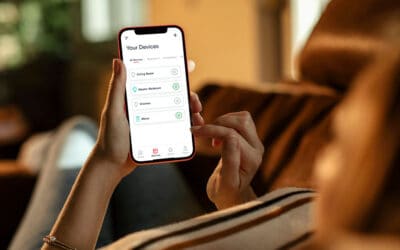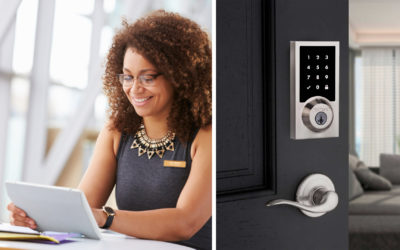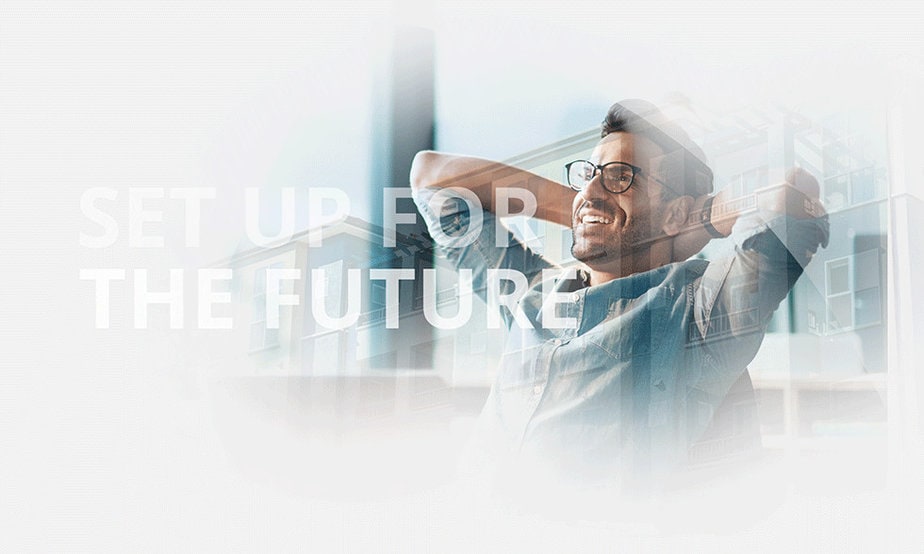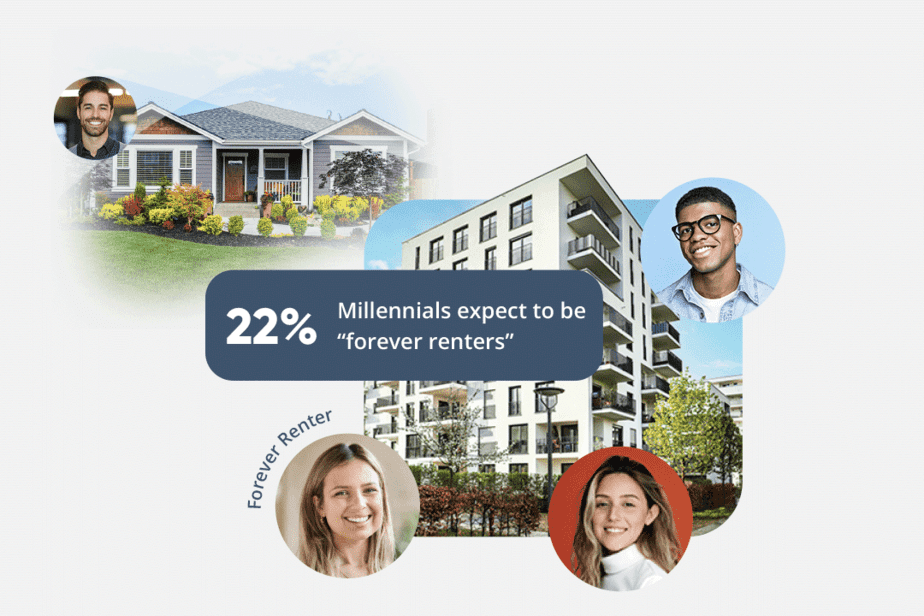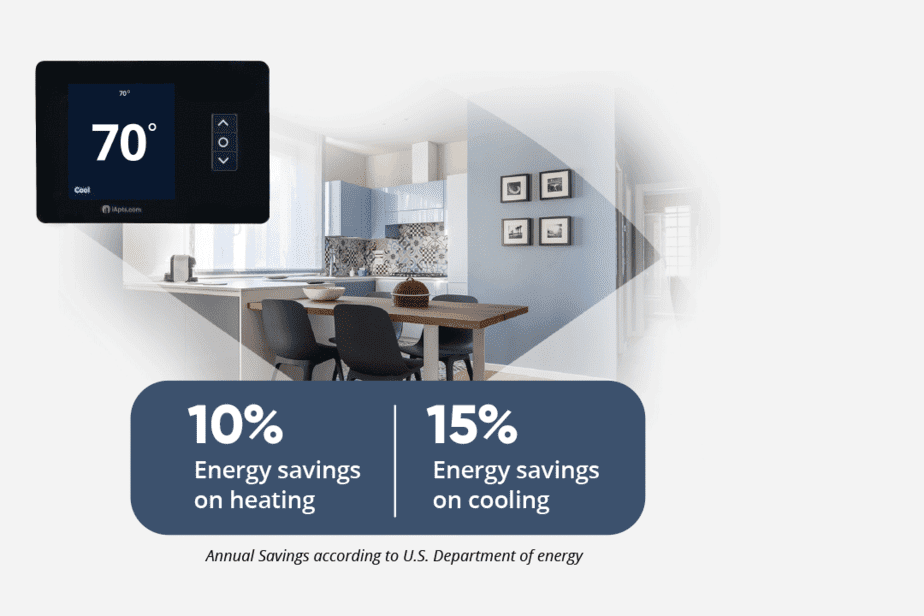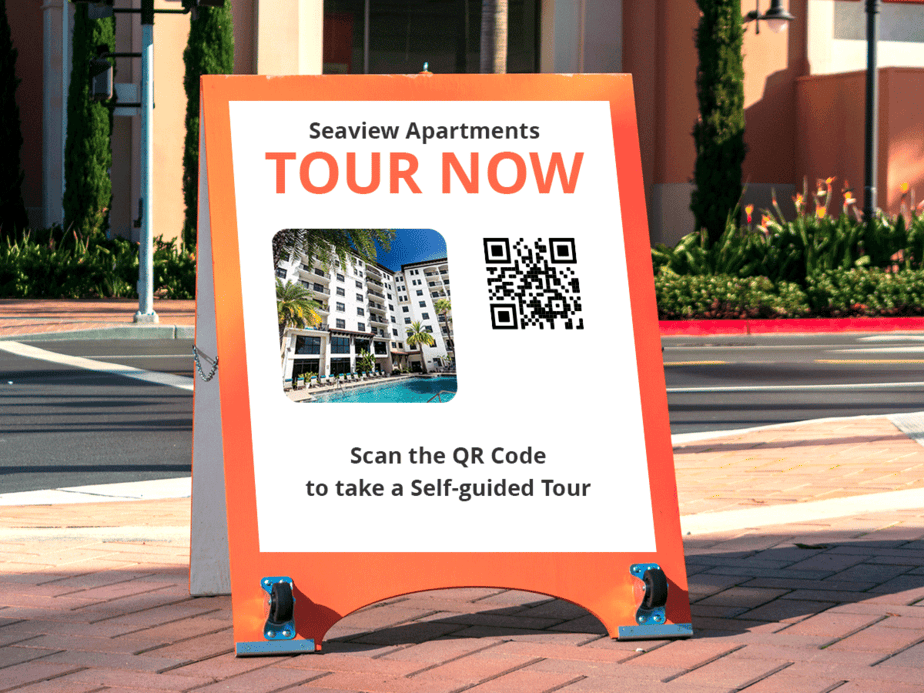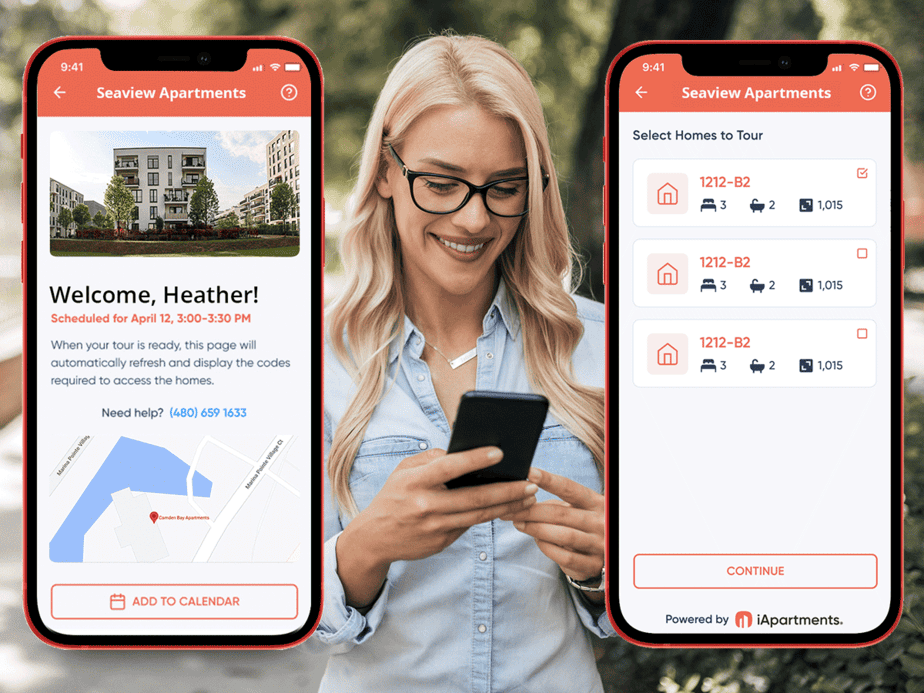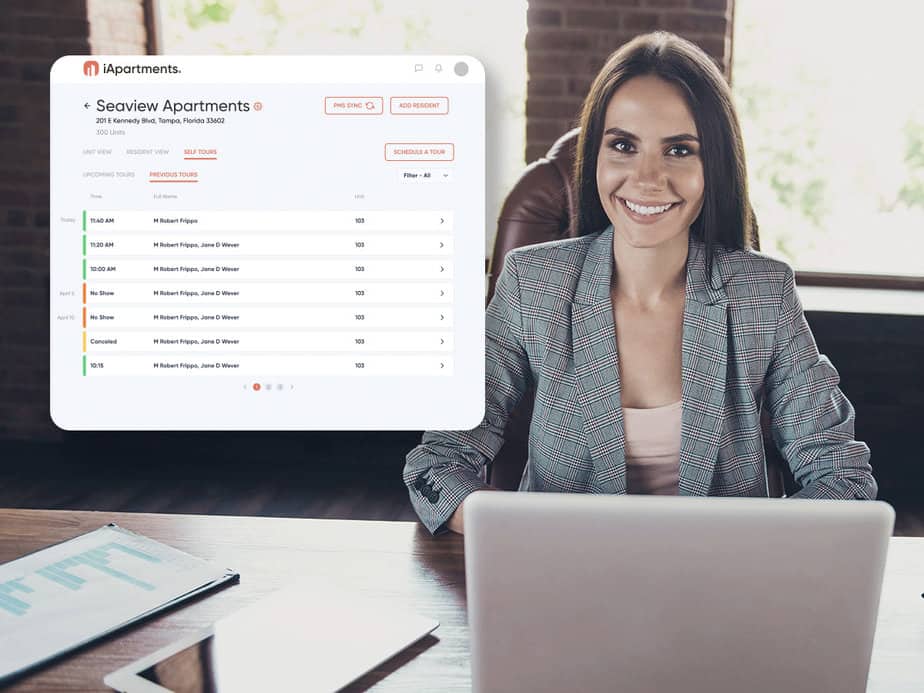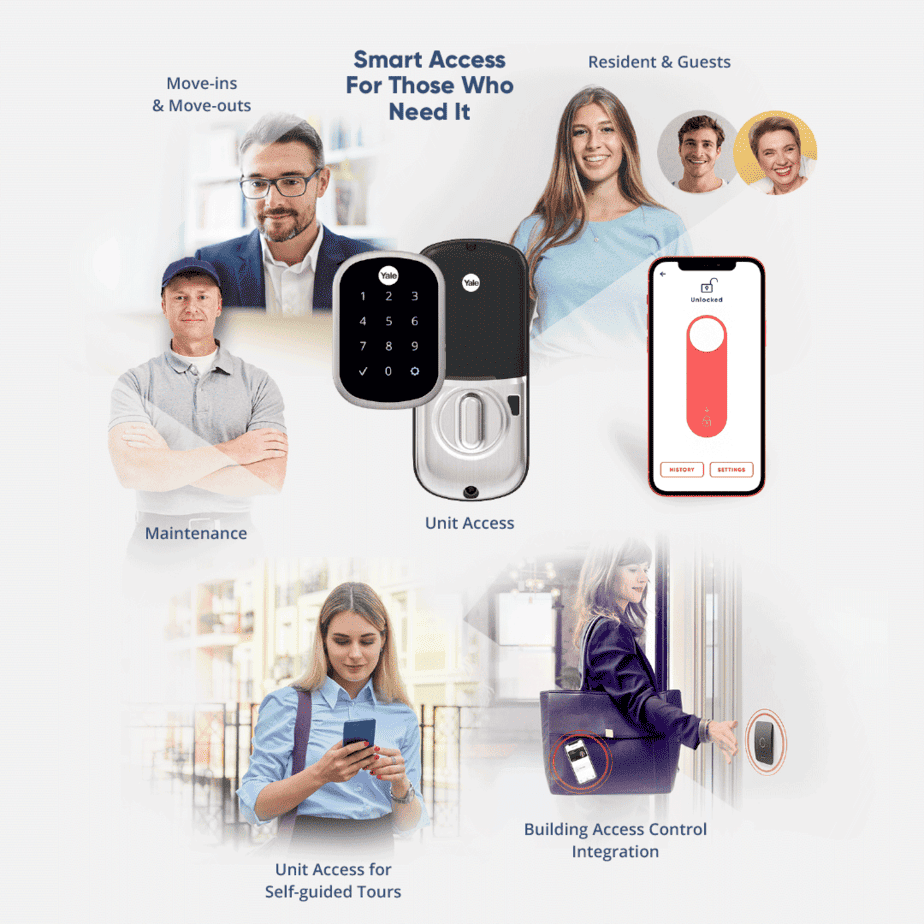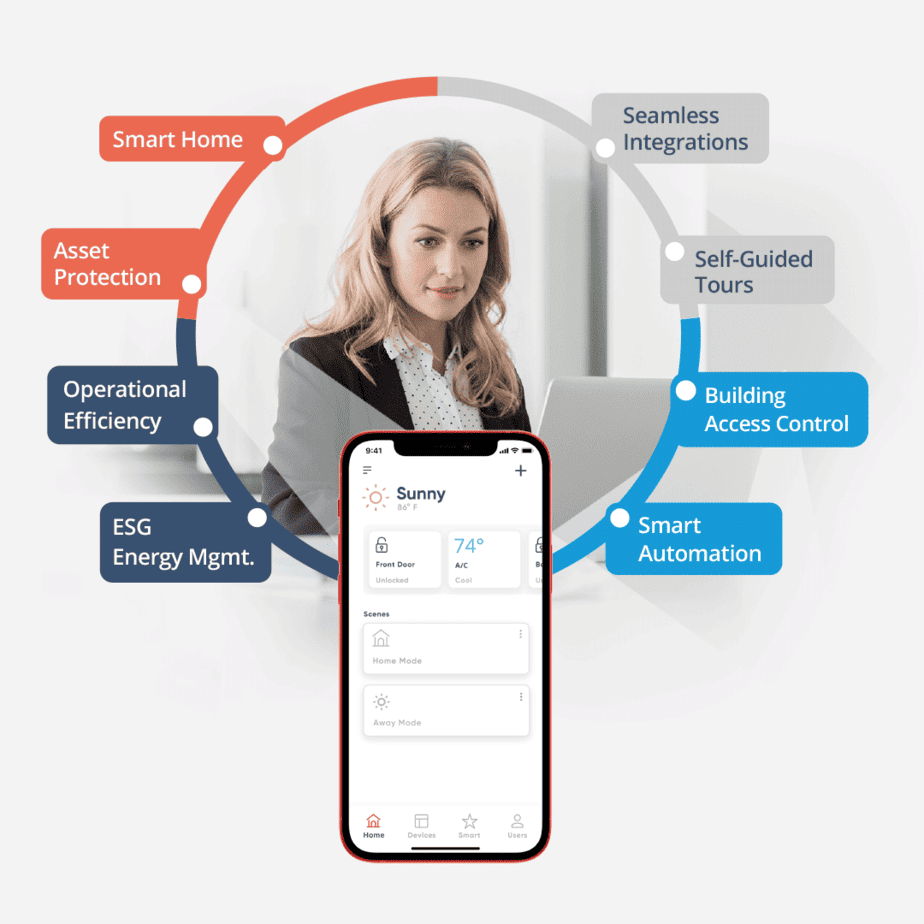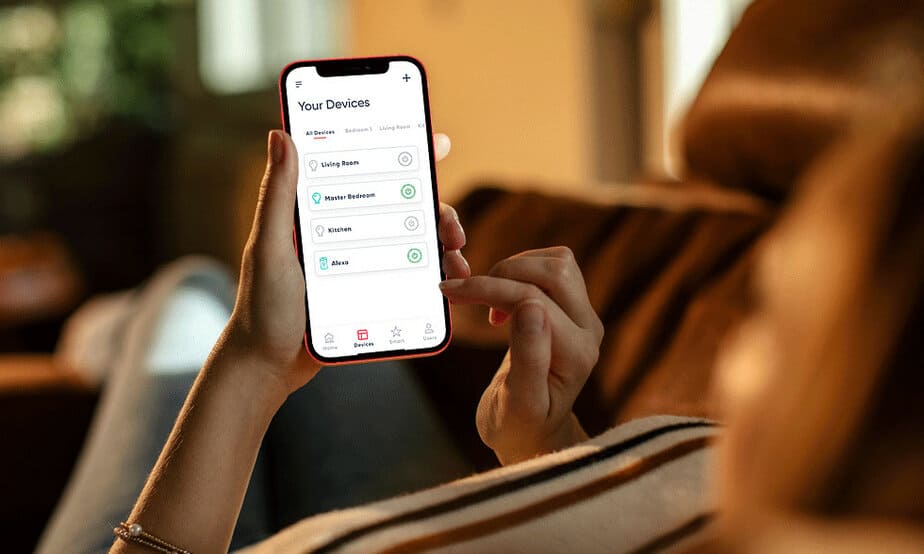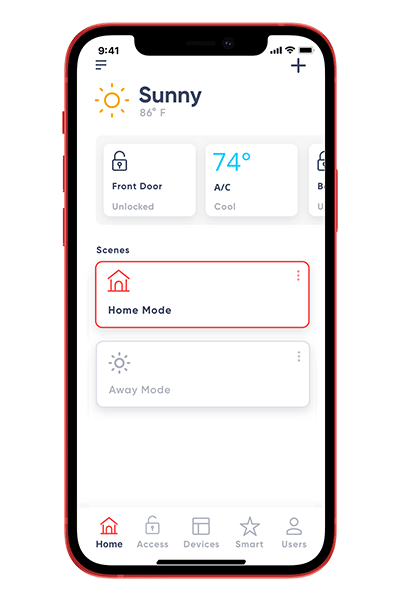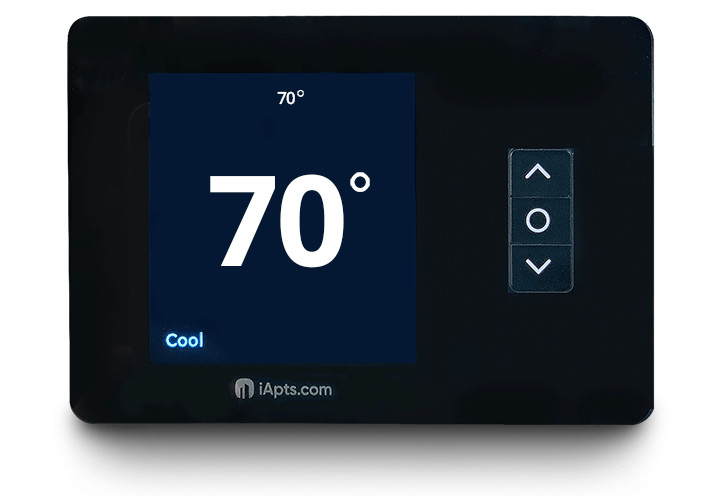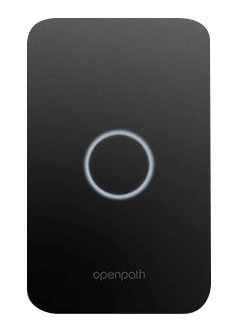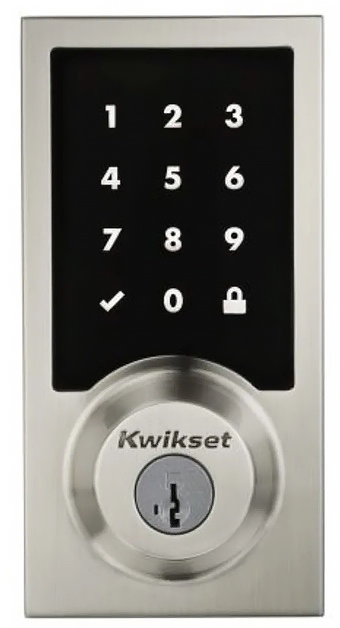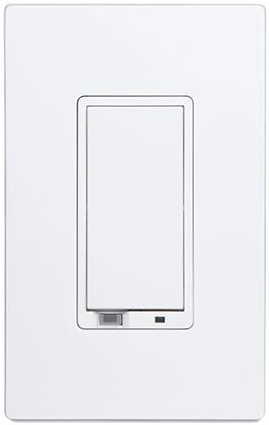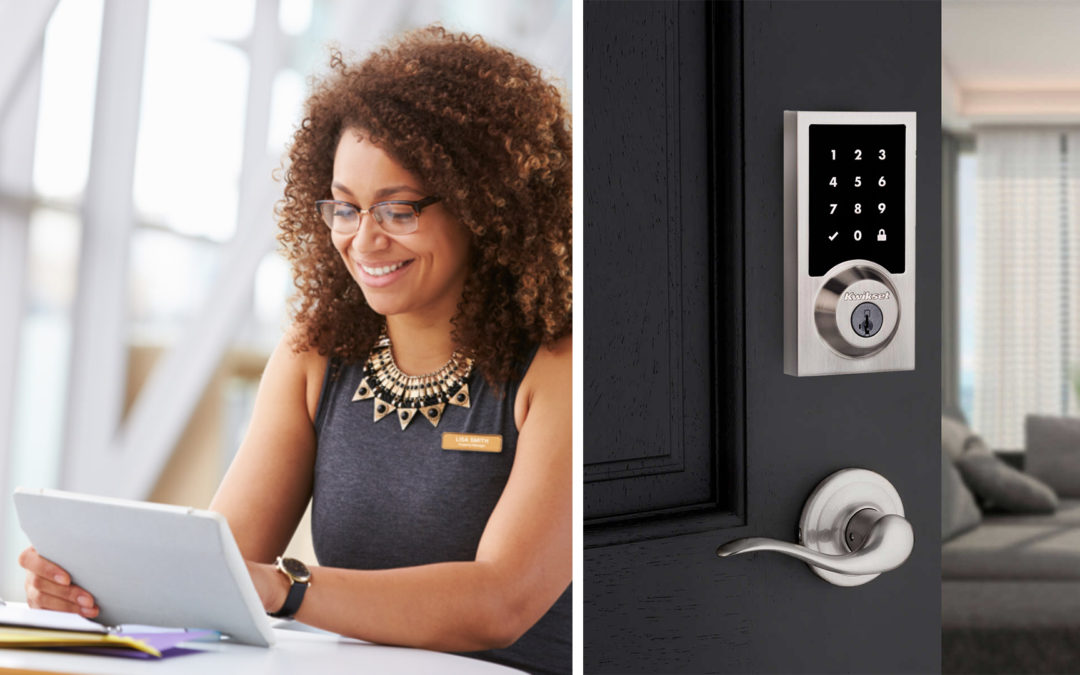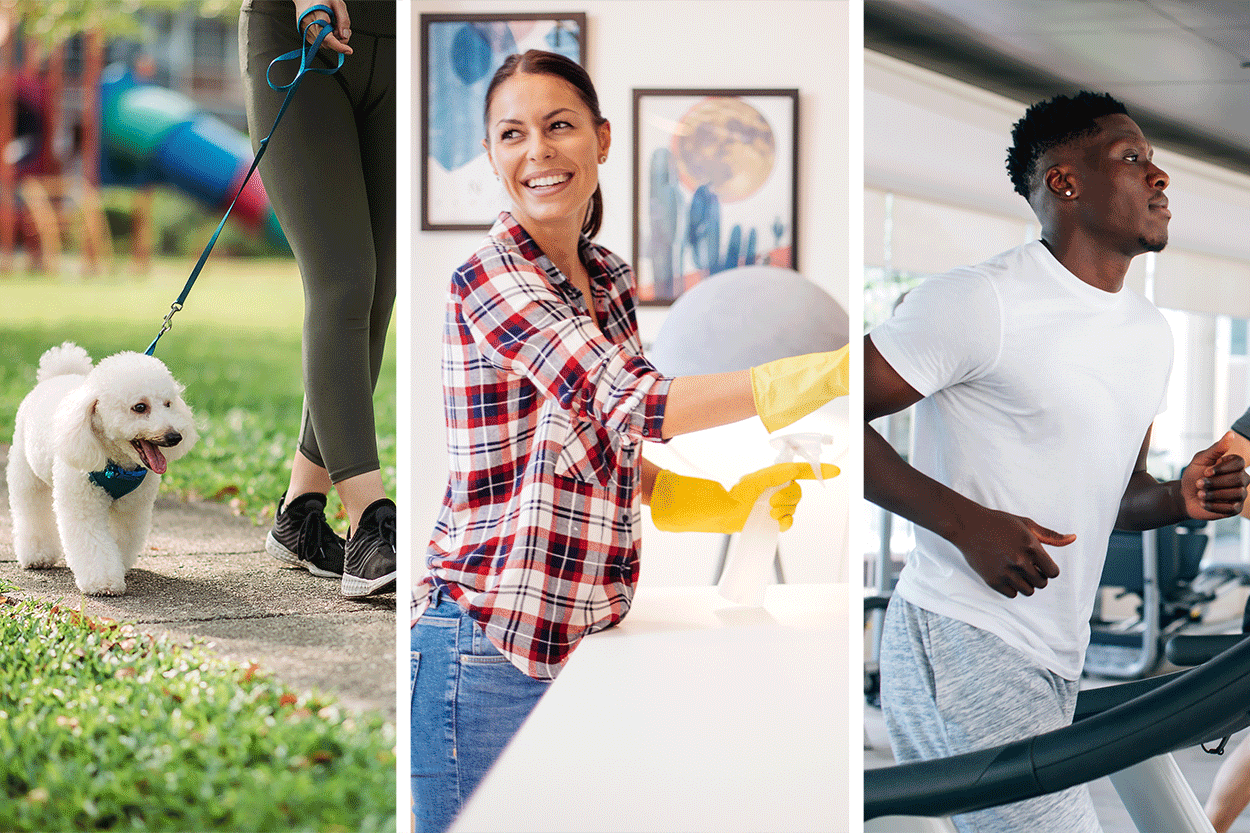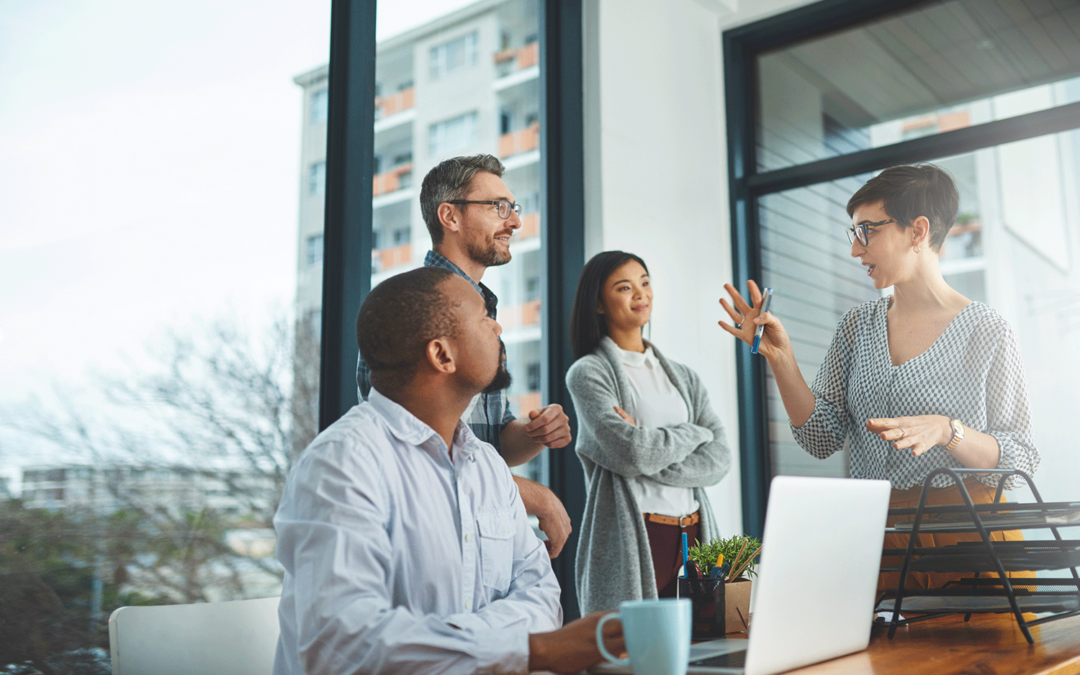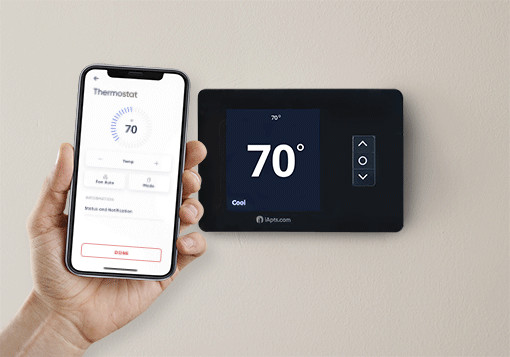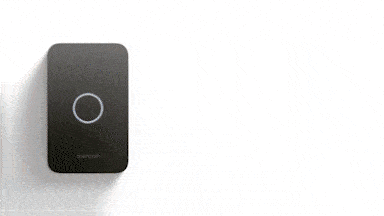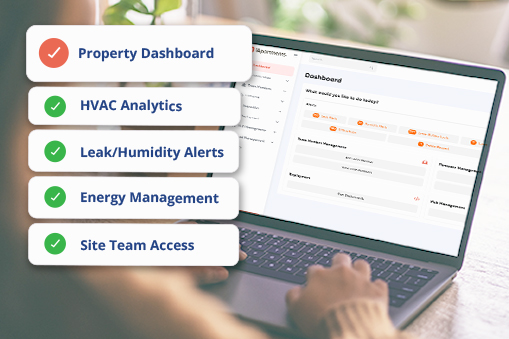In today’s competitive rental market, multifamily operators and property managers are constantly seeking ways to attract and retain residents while improving operational efficiency. Smart home technology—think smart locks, thermostats, lighting, and security...
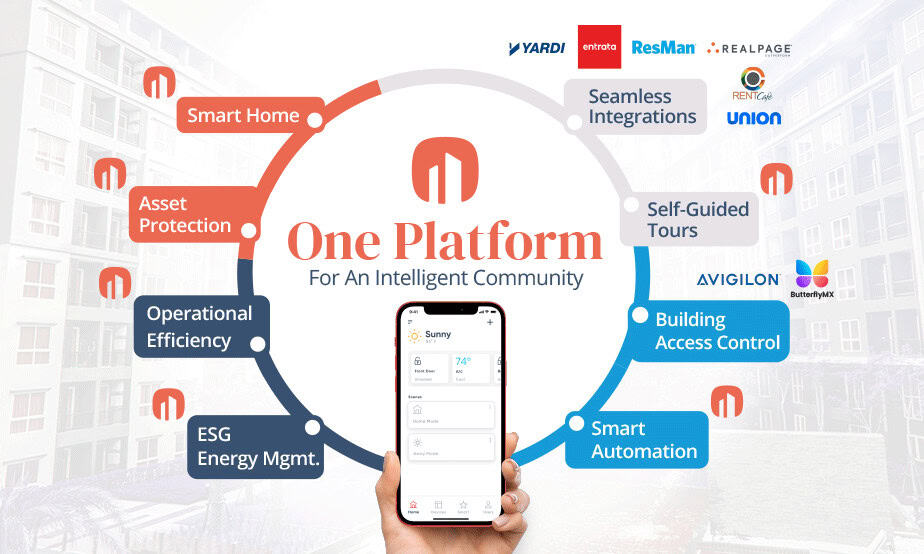
Smart MDU Buildings: Best Practices for Integrating IoT
In the realm of property technology for smart MDU buildings, the adoption of Internet of Things (IoT) solutions has emerged as a game-changer for property managers seeking to optimize operations and enhance tenant experiences. However, within the spectrum of IoT implementation, two distinct approaches have emerged: piecemeal IoT and platform technology. Understanding the differences between these approaches is crucial for property managers aiming to leverage IoT effectively in their properties.
MDU Building Pain Points: Deploying Piecemeal IoT
Piece-meal IoT involves the deployment of individual IoT devices or systems to tackle specific challenges within a property. For instance, a property manager might install smart thermostats for energy efficiency, perimeter smart access control for improved security, and leak detection sensors for proactive maintenance. Each of these technologies would function separately, use its own software, and require individual apps.
Typical IoT hardware used in Multi-dwelling Units:
1. Smart Home Devices – smart locks, smart thermostat, leak sensors, Alexa
2. Perimeter Access Control – touchless access readers, video intercoms
3. Parking Control – vehicle reader for gates and garages
4. Package Room – Intercom with time & date stamp, access with PIN code
While piece-meal IoT solutions offer targeted solutions to immediate pain points, they often result in disparate systems that lack integration. Property managers may find themselves grappling with data silos, compatibility issues, and the complexity of managing multiple IoT platforms simultaneously. Moreover, as the property’s needs evolve, scalability becomes a concern, necessitating frequent updates and adjustments to accommodate new devices and functionalities.
Instead, consider an enterprise-level technology platform to tie together the right balance of smart technology, making it easier for residents and teams to use, operate and manage.
Technology Platform for MDU Buildings
In contrast, platform technology presents a comprehensive approach to IoT implementation, offering a centralized hub where various IoT devices and systems converge within a unified framework. A robust IoT platform provides seamless integration of diverse sensors, devices, and applications, facilitating data exchange and interoperability across the property.
By leveraging platform technology, property managers can streamline operations, improve efficiency, and enhance tenant experiences. With a unified dashboard and centralized control, managers gain real-time visibility into property performance, enabling informed decision-making and proactive management. Moreover, platform technology enables data analytics and predictive insights, empowering managers to optimize resource allocation, anticipate maintenance needs, and drive strategic initiatives.
Choosing the Right Path Forward
As MDU property managers navigate the complexities of IoT adoption, they must carefully weigh the pros and cons of piece-meal IoT versus platform technology. While out-of-the-box solutions offer immediate solutions to specific pain points, they may fall short in delivering the seamless integration and scalability offered by platform technology.
Investing in a robust IoT platform lays the foundation for long-term success, providing the agility, integration, and innovation necessary to unlock the full potential of IoT in property management. By embracing platform technology, property managers can harness the transformative power of IoT to drive operational efficiency, optimize resource utilization, and deliver exceptional experiences for tenants.
Learn More About iApartments
Read More on Smart Technology for Multifamily
Is Smart Home Tech Worth the Investment for Multifamily Operators?
Best Smart Home & Smart Access Solutions for Apartment Communities
When evaluating the best smart home and smart access solutions, it's important to partner with a solution provider that offers a customized balance of automation, security, and modern convenience.In today's fast-paced world, convenience, security, and efficiency are...
Centralization in Property Management: Balancing Automation and Human Touch
Centralization in property management streamlines operations by consolidating tasks like leasing, maintenance, and access control into a unified system, improving efficiency and oversight. However, while automation enhances security, reduces costs, and simplifies...
Amenities for Smart Apartment Living in Houston, TX
Smart Amenities elevate your community Elevate your Houston apartment community with innovative amenities like smart home technology, offering convenient keyless access, intelligent temperature regulation, and seamless integration with your property management...
Workforce Housing and Smart Tech: Is It Worth the Upgrade?
The integration of smart tech into workforce housing is revolutionizing the sector, providing both residents and property management teams with a range of benefits. Contrary to the belief that smart home amenities are too costly for workforce housing, multifamily...
How to offer Self-guided Tours at Your Apartment Community
What you need to offer self-guided apartment tours: (1.) Technology platform (2.) Browser-based application (3.) Smart locks (4.) Building Access Control (5.) CRM Integration.Why you should offer self-guided tours As an owner or manager of an apartment community,...
Self-Guided Tours : 5 Tips for a Successful Rollout
5 Tips to make your self-guided tours a success Offering self-guided tours at an apartment community can be a great way to provide prospective renters with flexibility and convenience, especially during times when in-person tours may not be possible or desirable....
Smart MDU Buildings: Best Practices for Integrating IoT
In the realm of property technology for smart MDU buildings, the adoption of Internet of Things (IoT) solutions has emerged as a game-changer for property managers seeking to optimize operations and enhance tenant experiences. However, within the spectrum of IoT...
How Multifamily is Turning Headwinds into Tailwinds for the Future
Innovative ways Multifamily is rethinking operations, maintenance, and leasing: Artificial intelligence helps better serve residents and free up staff Adoption of a centralized approach to specific daily operations Invest in smart tech to reduce energy costs...
The Right Balance of Smart Home Technology for Apartments
Smart home essentials for apartments Coming up with the right balance of smart home essentials ultimately depends on the needs and preferences of the residents and the goals of the property owners and managers. However, there are some general considerations that can...
Smart locks | Why apartment managers and leasing teams love them
A Keyless Way to Secure Your Apartment Unlock that door and definitely throw away the key fobs. Apartment residents and property maintenance teams love smart locks. This keyless system allows property personnel to quickly access resident units to maintain them....
10 Things Greystar Says About Smart Apartment Technology
Greystar sees importance of controlled building access Greystar has both recognized the necessity of offering competent smart-home technology and has discovered an interesting option in a growing field of emerging providers, said Andrew Livingstone, its Executive...

